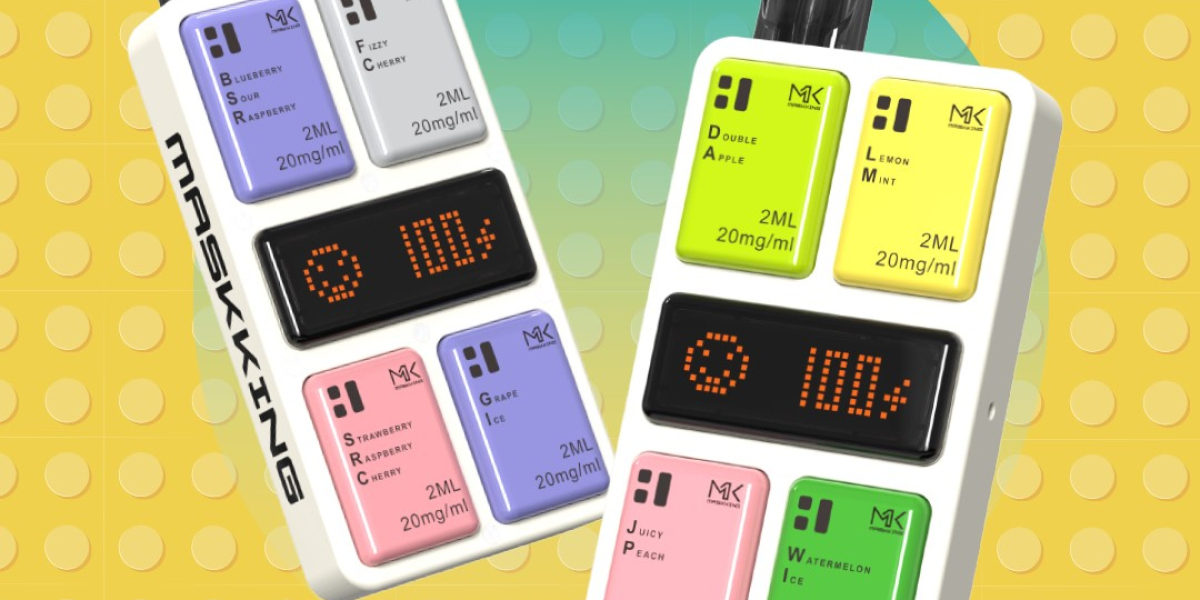Introduction
Autism Spectrum Disorder (ASD) affects people in unique ways. While there is no universal cure, there are many effective treatment for autism: best approaches for children and adults that can improve communication, behavior, and daily living skills. Every person with autism is different, so treatment plans should be personalized. This article explores the most effective options, providing parents, caregivers, and individuals with the knowledge they need to make informed decisions.
Understanding Autism Spectrum Disorder
Before discussing treatments, it’s important to understand autism itself. ASD is a developmental condition that impacts communication, social interaction, and behavior. The spectrum is broad, meaning individuals may experience mild to severe challenges. Early diagnosis and intervention are key to improving long-term outcomes.
Why Early Intervention Matters
Research shows that the earlier treatment begins, the greater the impact. Young children who receive therapies early can improve their language skills, cognitive abilities, and independence. However, effective treatment is not limited to children—adults can also benefit from targeted therapies designed for their needs.
Effective Treatment for Autism: Best Approaches for Children and Adults
1. Applied Behavior Analysis (ABA)
ABA is one of the most widely recognized therapies for autism. It focuses on teaching positive behaviors and reducing unwanted ones. Therapists use reinforcement techniques to help children and adults build life skills. ABA can improve communication, self-care, and social abilities.
2. Speech and Language Therapy
Many individuals with autism face challenges with communication. Speech therapy helps by developing verbal and non-verbal skills. This includes understanding body language, using alternative communication methods, and improving speech clarity.
3. Occupational Therapy (OT)
OT is essential for improving daily living skills. Therapists work with individuals to enhance motor skills, sensory integration, and independence. Activities such as dressing, eating, and writing can become easier with consistent therapy.
4. Social Skills Training
People with autism often struggle in social situations. Social skills training uses structured lessons, role-playing, and group activities to improve interactions. This treatment is beneficial for both children and adults.
5. Cognitive Behavioral Therapy (CBT)
CBT is effective for individuals with autism who also experience anxiety or depression. It helps people identify negative thought patterns and replace them with positive coping strategies. Adults, in particular, benefit from CBT in managing emotions.
6. Medication Support
While there is no medication that cures autism, some prescriptions help manage related symptoms such as anxiety, hyperactivity, or aggression. Medication should always be combined with therapy and guided by a healthcare professional.
7. Parent and Family Support
Families play a critical role in treatment. Training and counseling for parents help them support their child effectively. Family therapy can reduce stress and improve relationships.
8. Alternative and Complementary Therapies
Some families explore alternative therapies such as music therapy, art therapy, and animal-assisted therapy. While research is still ongoing, many individuals find these approaches helpful for self-expression and stress relief.
How Treatments Differ for Children and Adults
Children: Focus on early intervention, language development, and school readiness.
Adults: Emphasize independence, job skills, emotional health, and social integration.
Tailoring treatment to the individual’s age and needs ensures the best outcomes.
Choosing the Right Treatment Plan
Not every treatment works for everyone. It’s important to:
Consult with specialists.
Consider the individual’s strengths and challenges.
Be open to trying multiple approaches.
Monitor progress regularly.
Conclusion
While autism cannot be cured, there are many effective treatment for autism: best approaches for children and adults that empower individuals to live fulfilling lives. From ABA and speech therapy to social skills training and family support, the right combination of therapies makes a real difference. With early intervention, patience, and a supportive environment, individuals with autism can thrive.
FAQs
1. Can autism be cured?
No, autism cannot be cured, but effective treatments can significantly improve quality of life.
2. What is the best treatment for autism in children?
Applied Behavior Analysis (ABA) and speech therapy are among the most effective treatments for children.
3. Can adults with autism benefit from therapy?
Yes, adults can benefit from therapies such as CBT, social skills training, and occupational therapy.
4. Are medications necessary for autism treatment?
Not always. Medications may be recommended to manage related symptoms but are not a standalone treatment.
5. What role do parents play in treatment?
Parents are vital partners in treatment. Training and support help families reinforce therapies at home.

















